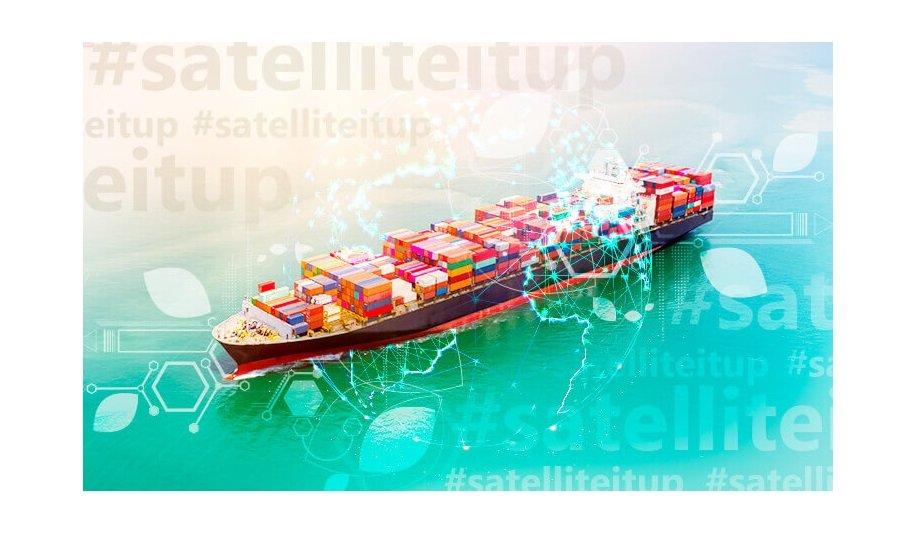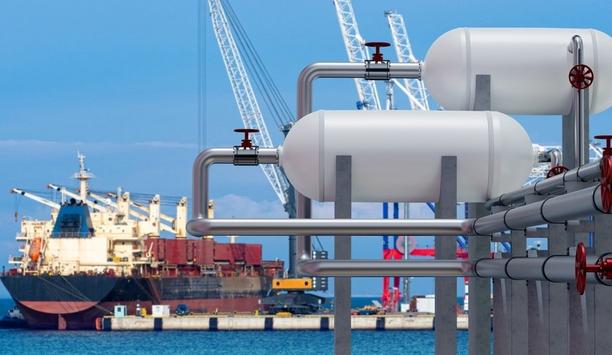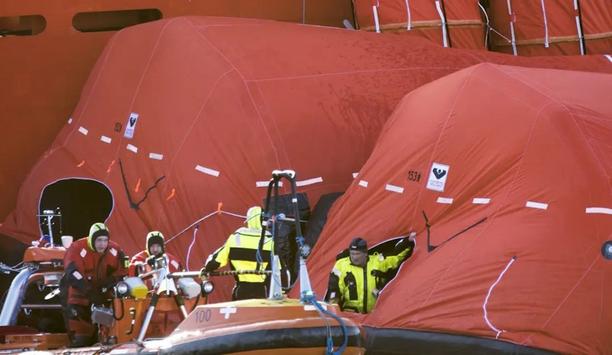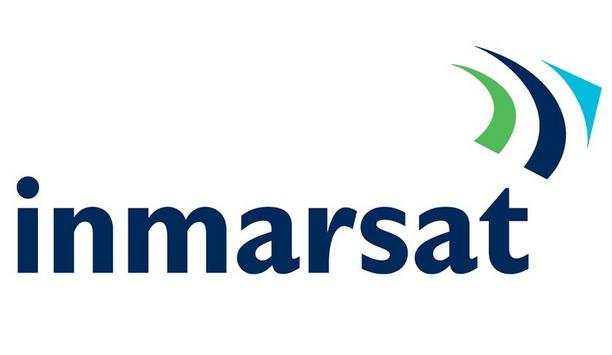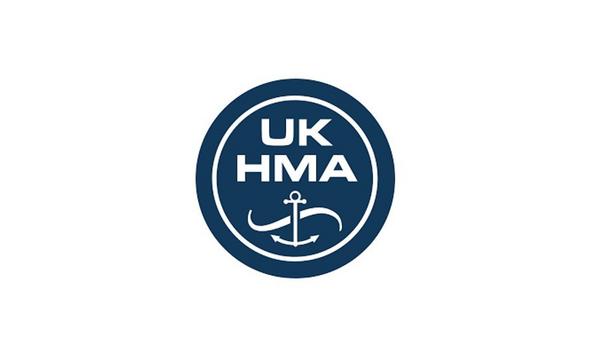The global VSAT maritime satellite communication market is projected to reach $2,962 million by 2030, a CAGR of 8.5% from 2021 to 2030. This tremendous growth is being fuelled by the need to remain connected anytime, anywhere.
VSAT services enhance connectivity and the user experience, ensuring operational continuity and the well-being of crew members, and delivering remote assistance no matter the location.
VSAT technology
In an excellent turn of events, VSAT technology is becoming increasingly more affordable as a result of increased service availability. In 2020 alone, the industry witnessed 1,200 LEO satellite launches and a further 1,400 in 2021.
According to a recent Euroconsult forecast, the oversupply of Satcom capacities will lead to a substantial fall in airtime prices, with the average revenue per user (ARPU) declining by 21% between 2022 and 2028.
Challenges with business continuity
The onboard network will usually failover from high-speed VSAT to the less powerful but more resilient MSS service
Yet, having VSAT alone will not guarantee the business continuity of digitalised operations. Considering harsh weather conditions at sea, it is not uncommon for the Ka- and Ku-network links to be temporarily down.
In such a case, the onboard network will usually failover from high-speed VSAT to the less powerful but more resilient MSS service, powered by L-band. To ensure onboard business continuity, two major components can be easily availed: network management systems and optimised applications.
Importance of network management
Smart network management systems operate in a multi-network mode, securing automated VSAT/MSS/GSM failover. Management can be performed from onshore via a cloud-based control panel and the captain can also keep an eye on vessel operations via an easy-to-use local dashboard.
In addition, the new generation network management systems, such as OneGate by IEC Telecom, assure continuity of service by enabling advanced cyber security. The terminal segregates crew and corporate networks, eliminating the risk of cross-contamination.
OneGate and OptiView dashboard
OneGate offers a powerful cyber security package, including anti-virus and anti-phishing software, advanced filtration, and more. OneGate is an open virtualisation platform that offers the opportunity to install new services remotely whenever it is needed.
The cloud-based OptiView dashboard provides the onshore team with full visibility of communication links. As such, in case VSAT is down, IT specialists can determine the cause and fix the issue remotely. In addition, OptiView supports filtration, credit limit management, crew voucher generation, navigation, and weather updates as well as a range of other industry-specific functionalities available upon demand.
Seamless connectivity experience
OneAssist, a hands-free solution for remote maintenance, was designed specifically for the low-bandwidth
IEC Telecom offers a range of optimised applications that can deliver a similar user experience while consuming less traffic. For instance, OneAssist, a hands-free solution for remote maintenance, was designed specifically for the low-bandwidth environment.
This latest wearable solution by IEC Telecom empowers crew members to stay connected with the onshore team via video streaming, enabling troubleshooting, consulting, and e-learning in real time. This means that a wide range of functions, previously delivered exclusively onshore, can now be accessed from the vessel at any time of the journey at sea.
OptiSoft suite
There has been a significant increase in demand for corporate apps. Timely data transfer is central to ensuring optimal operational efficiency.
The OptiSoft suite of applications offers a wide range of services for corporate use, including email management, anti-virus solutions, two-way data replication, and file exchange.
Ship-to-shore communications
The availability of a digital infrastructure empowers the maritime industry to streamline its operations and remotely monitor, maintain, and secure its assets.
Ship-to-shore communications have been permanently transformed with digitalisation, and seafarers can easily collaborate with an extended team onshore without any interruption in the navigation schedule. Troubleshooting, crew training, and even health check-ups can be now carried out remotely via a wide range of specialised applications.
Digital decarbonisation
From performance tracking to asset safety, all types of data relevant to ship management are made available
Digitally-enabled vessels empower decision-makers with data-driven recommendations. From performance tracking to asset safety, all types of data relevant to ship management are made available to vessel operators to optimise routes and decrease fuel consumption. This eventually leads to lower emissions, paving the way for a green future.
Recent research by Inmarsat suggests that digital decarbonisation technologies can reduce carbon emissions by 38%. In addition, enhanced connectivity serves to increase profitability by 4 to 17%.
Operational efficiency and asset visibility
From identifying cargo blind spots and optimising routes based on evolving weather conditions to creating strategic green corridor schemes and reducing the idle time as well as processes, this seems to be the way forward for the global maritime sector to prevent the wastage of millions of tonnes of carbon dioxide.
As more vessel operators invest in digital decarbonisation, not only do they increase their operational efficiency and improve asset visibility, but they also sustainably gain a competitive edge.
